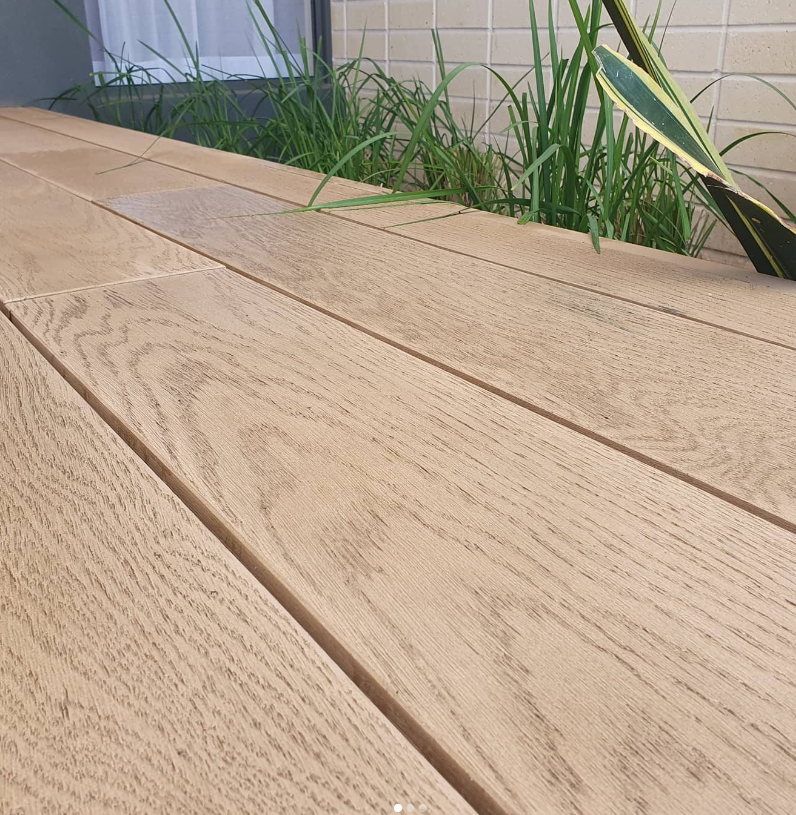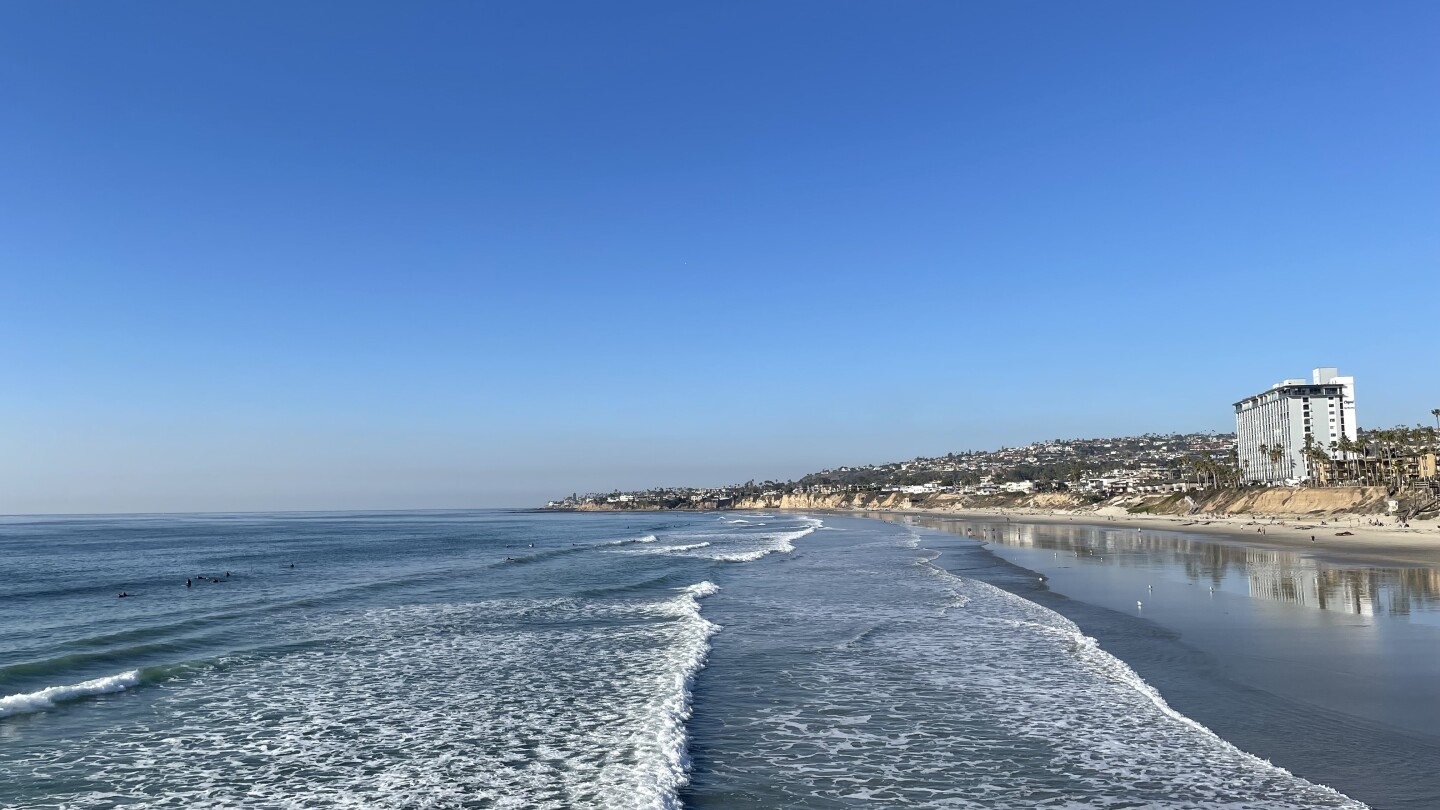Indian Cities And The Heat: The Need For Advanced Building Materials

Table of Contents
The Impact of Extreme Heat on Indian Cities
Rising temperatures across India are creating a critical situation in its urban centers. The consequences of this extreme heat are far-reaching, impacting every aspect of city life. The urban heat island effect is significantly exacerbating the problem, trapping heat in densely populated areas. This leads to a range of serious issues:
- Increased mortality rates due to heatstroke: Heatstroke cases are surging, placing a tremendous burden on healthcare systems.
- Higher energy consumption for cooling: The increased demand for air conditioning to combat the heat leads to significantly higher energy consumption, putting further strain on the power grid.
- Damage to existing infrastructure due to thermal expansion and contraction: Traditional building materials are susceptible to damage from repeated cycles of heating and cooling, leading to structural problems and costly repairs.
- Reduced productivity and economic losses: Extreme heat reduces worker productivity and negatively impacts economic activity, especially in sectors reliant on outdoor labor. This heat stress is not just an inconvenience; it's a significant threat to public health and economic stability.
Traditional Building Materials and their Limitations
Traditional building materials commonly used in India, such as mud, brick, and concrete, have significant limitations in addressing the challenges posed by extreme heat. Their shortcomings include:
- High thermal conductivity leading to heat absorption: These materials readily absorb heat during the day and release it at night, resulting in uncomfortable indoor temperatures.
- Lack of insulation properties resulting in energy inefficiency: Poor insulation necessitates heavy reliance on air conditioning to maintain comfortable indoor temperatures, leading to high energy costs and a larger carbon footprint.
- Increased reliance on air conditioning, contributing to higher energy costs and carbon emissions: The increased use of air conditioners exacerbates energy demand and environmental concerns.
- Limited lifespan due to weathering and thermal stress: Repeated exposure to extreme temperatures weakens these materials, shortening their lifespan and requiring frequent and costly replacements.
The limitations of conventional building materials in providing adequate thermal performance and energy efficiency necessitate a shift towards more advanced alternatives.
The Role of Advanced Building Materials in Combating Heat
Advanced building materials offer a compelling solution to mitigate the effects of extreme heat in Indian cities. These materials provide superior thermal performance, energy efficiency, and durability compared to their traditional counterparts. Key benefits include:
- Improved thermal insulation, reducing heat gain: Materials like aerated concrete and insulated concrete forms significantly reduce heat transfer, keeping interiors cooler.
- Reduced energy consumption for cooling: Improved insulation dramatically lowers the reliance on air conditioning, leading to substantial energy savings and cost reductions.
- Enhanced durability and longevity: These materials are designed to withstand extreme temperatures and weathering, resulting in a longer lifespan and reduced maintenance costs.
- Eco-friendly options promoting sustainability: Many advanced building materials are manufactured with sustainable practices and have a lower environmental impact.
- Lower maintenance costs over the long term: The increased durability translates to lower long-term maintenance expenses.
Specific Examples of Advanced Building Materials
Several advanced building materials are particularly well-suited for the Indian climate:
-
Aerated Concrete Blocks (AAC): AAC blocks offer excellent thermal insulation due to their porous structure. They are lightweight, easy to install, and contribute to a significant reduction in energy consumption. Their thermal conductivity is significantly lower than traditional concrete blocks.
-
Insulated Concrete Forms (ICFs): ICFs are pre-fabricated forms filled with concrete, providing superior insulation and structural strength. They offer excellent sound insulation and are resistant to fire and pests.
-
Cool Roofing Materials: Reflective roofing materials, such as those incorporating high albedo coatings, significantly reduce the heat absorption of roofs, keeping the building cooler.
Government Policies and Initiatives
The Indian government recognizes the urgent need for sustainable and energy-efficient construction practices. Several policies and initiatives aim to promote the adoption of advanced building materials:
- Government subsidies or incentives for using energy-efficient materials: Various schemes offer financial support to encourage the use of sustainable building materials.
- Building codes and regulations promoting sustainable construction: Updated building codes increasingly incorporate requirements for enhanced thermal performance and energy efficiency.
- Research and development initiatives focused on advanced building materials: Government funding supports research and development in the field of sustainable building technologies.
These green building initiatives and sustainable construction policies are crucial in driving the transition towards more sustainable and resilient urban environments. Compliance with energy efficiency standards is becoming increasingly important in new construction projects.
Conclusion
The extreme heat impacting Indian cities demands a swift and decisive response. The adoption of advanced building materials in India is not merely a desirable option but an urgent necessity. By prioritizing these materials in new construction and retrofitting projects, we can create more comfortable, energy-efficient, and sustainable urban environments. The benefits – improved energy efficiency, reduced carbon footprint, enhanced comfort and health, and significant economic advantages – are undeniable. We urge architects, builders, policymakers, and all stakeholders to prioritize the use of advanced building materials to build a more resilient future. Research and learn more about these game-changing materials and their applications today – let's build a cooler, more sustainable India together.

Featured Posts
-
 Frankenstein Del Toros Latest Tease And The Unexpected Twist
May 30, 2025
Frankenstein Del Toros Latest Tease And The Unexpected Twist
May 30, 2025 -
 Paddy Pimbletts Surprise Pick Who Wins Jones Vs Aspinall
May 30, 2025
Paddy Pimbletts Surprise Pick Who Wins Jones Vs Aspinall
May 30, 2025 -
 Bombe Ww 2 A Gare Du Nord Consequences Sur Le Trafic Ferroviaire
May 30, 2025
Bombe Ww 2 A Gare Du Nord Consequences Sur Le Trafic Ferroviaire
May 30, 2025 -
 Your Weekend Beach Trip San Diego County Beaches Await
May 30, 2025
Your Weekend Beach Trip San Diego County Beaches Await
May 30, 2025 -
 The Musk Family Fortune Maye Musks Perspective On Their Years Of Building Wealth
May 30, 2025
The Musk Family Fortune Maye Musks Perspective On Their Years Of Building Wealth
May 30, 2025
